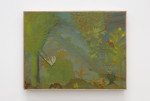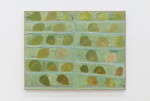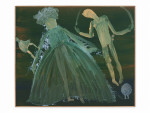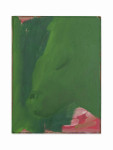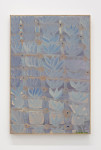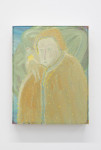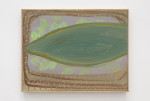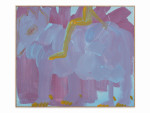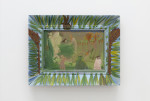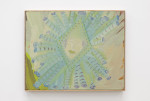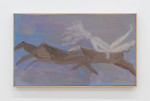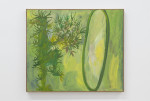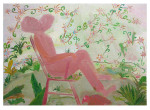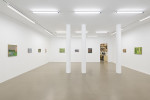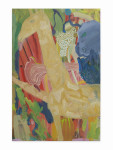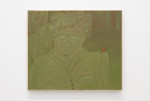SA MUE, 2024
Bombon Projects Gallery
Zolamian’s work navigates between the domestic family scene
and the realm of dreams. Resembling a déjà vu, her paintings
transport us to a dreamlike universe of hybrid creatures, faces,
masks and chimerical landscapes that we seem to have known in
another life. Zolamian borrows references from both Eastern and
Western art history and gathers and recomposes them according
to the moment, thus disintegrating the notion of affiliation and
belonging to a community, bringing to the surface an imaginary
territory where an iconography based on the attempt of integration
appears and where relationships —sometimes discordant— are
established. Between human beings and nature, memories of the
individual and the collective, between tradition, separation and
upheaval, between site, temporality and culture.
“Painting interests me in its archaeological dimension, where it’s
not just the final image that counts, but the battles that have been
fought in a reduced space, which has to find pictorial solutions
whatever the cost. I love looking at icons, ex-votos and at the images
that illustrated the first books after 10th century, the illuminations
and the art of miniature paintings, Persian, Armenian, Indian, the
Western books of prayers between the 12th and 15th centuries.
With rigorous details and stylisations of complex geometries, a
rectified perspective, where perspective, geometry and colour
become languages.”
If we had to situate Zolamian’s work in a temporal moment, it would
be that of wakefulness, between being awake and asleep, on the
border with sleep. Then, a body becomes a tree and a landscape a
wallpaper inhabited by symbols.

